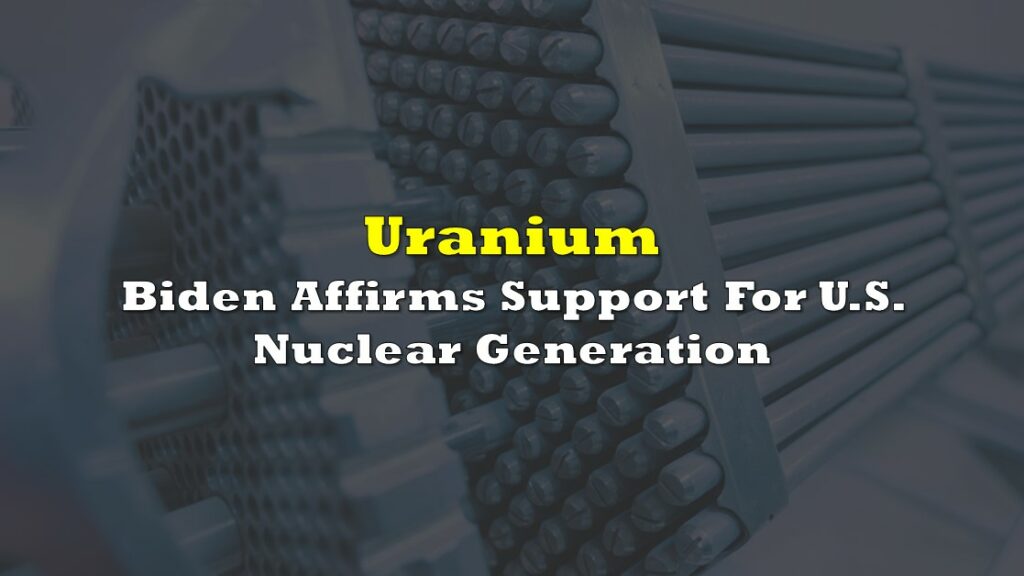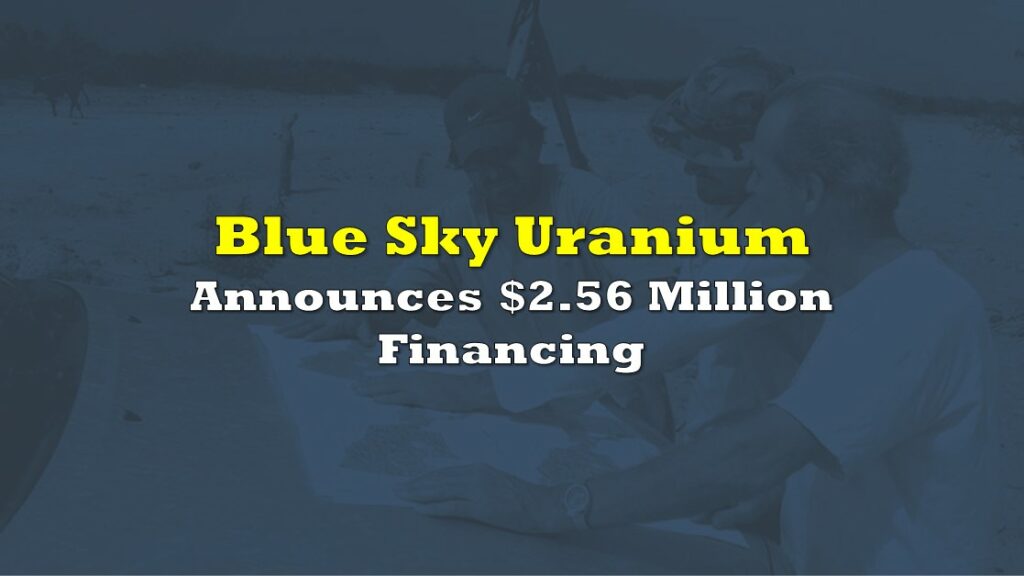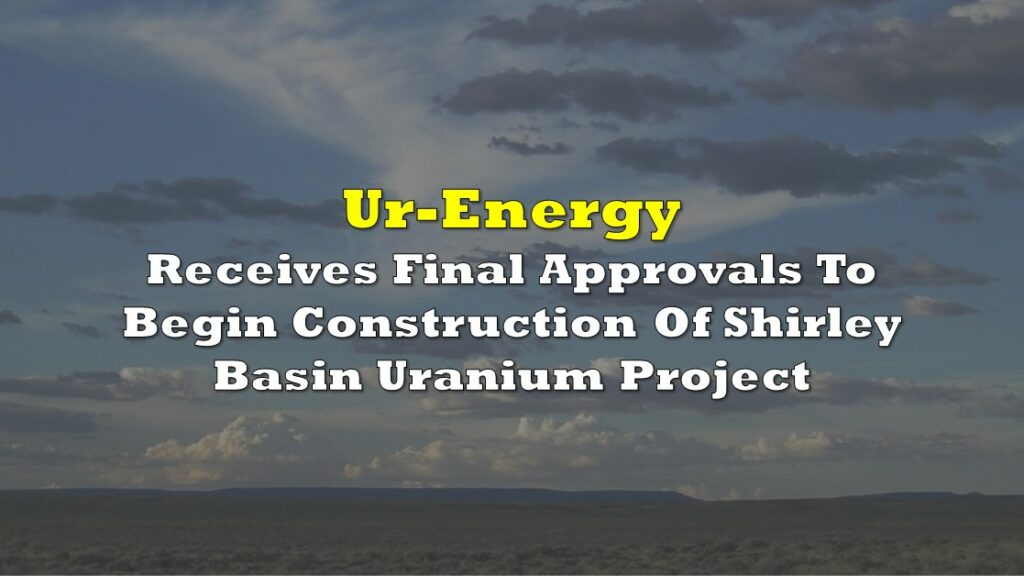Rosatom, Russia’s state-owned nuclear conglomerate, has been working to supply Russia’s military with components, technology, and raw materials for missiles, according to The Washington Post. The materials were sent to weapons makers that sell to Russia’s military, and presumably some of those missiles have been deployed in Russia’s war against Ukraine.
While this news is not surprising in general terms, the key business implication is that it may prompt the U.S. to place sanctions on Rosatom. Since Rosatom exports uranium to the U.S. and the European Union (EU) for use in commercial nuclear reactors — indeed, it supplied 14% of the U.S.’s uranium needs in 2021 — major uranium buyers may be forced to purchase uranium from other sources. This in turn could put upward pressure on spot uranium prices and ultimately help small uranium miners in the U.S. and Canada.
Any sanctions that the U.S. or the EU would impose due to Rosatom’s actions would have a much smaller effect on Russia’s economy than previous natural gas and oil penalties, and therefore would be more symbolic than impactful. Per Princeton University’s Frank von Hippel, Rosatom realizes about US$1 billion per year from uranium sales to the U.S. and Europe.
Boom!💥🪖 In light of #Russia's state-owned enriched #Uranium exporter having been caught offering military goods to circumvent US/EU sanctions, recommended sanctions against #Russia, Rosatom and their #Nuclear industry were placed on the table today in Washington, DC🇷🇺⚛️⛏️⛔️🇺🇸👍 https://t.co/tA84mcacej
— John Quakes (@quakes99) January 24, 2023
To be more specific regarding Russia’s uranium position, the country’s real value in the uranium industry stems from its uranium enrichment capabilities, a process which creates nuclear fuel from mined uranium by increasing the percentage of Uranium-235. Russia has more than half the world’s enrichment capacity. The raw material for most of Russia’s uranium exports comes from Kazakhstan.
Spot uranium prices have been stable at around US$50 per pound over the last eight months. On a relative basis, spot uranium has dramatically outperformed the competing fuels natural gas and oil over that period. Natural gas is down about two-thirds since September, and oil prices have been cut nearly in half since June.

A factor which may have bolstered uranium prices versus declining fossil fuel prices was the U.S. Department of Energy’s (DOE) mid-December 2022 purchase of 700,000 pounds of uranium concentrate from four U.S-based uranium mining companies. In 2020, the U.S. passed legislation calling for the establishment of a strategic uranium reserve. The four companies, Energy Fuels Inc. (TSX: EFR), enCore Energy (TSXV: EU), Uranium Energy Corp (NYSE: UEC) and Peninsula Energy Ltd. (OTCQB: PENMF) will sell uranium from previously mined inventory.
Conversely, uranium spot prices may have been constrained over the last six months by a potential absence of buyers. A number of utilities signed long-term uranium supply contracts in 2022 after Russia invaded Ukraine, limiting spot market demand. For example, Energy Fuels announced in early August that it had signed three long-term contracts with U.S. nuclear utilities for delivery of up to 4.2 million pounds of uranium between 2023 and 2030.
Had a ‘vision’ that Rosatom was finally slapped with sanctions like it bloody well should be. Spot #uranium took off like rocket and $u.un $sruuf ripped. In the ‘dream’ all the talk was about how SPUT had to turn off the ATM because uranium lbs could not be sourced.
— Kevin Bambrough (@BambroughKevin) January 25, 2023
Information for this briefing was found via Sedar, Washington Post, Trading Economics, and the sources mentioned. The author has no securities or affiliations related to this organization. Not a recommendation to buy or sell. Always do additional research and consult a professional before purchasing a security. The author holds no licenses.











